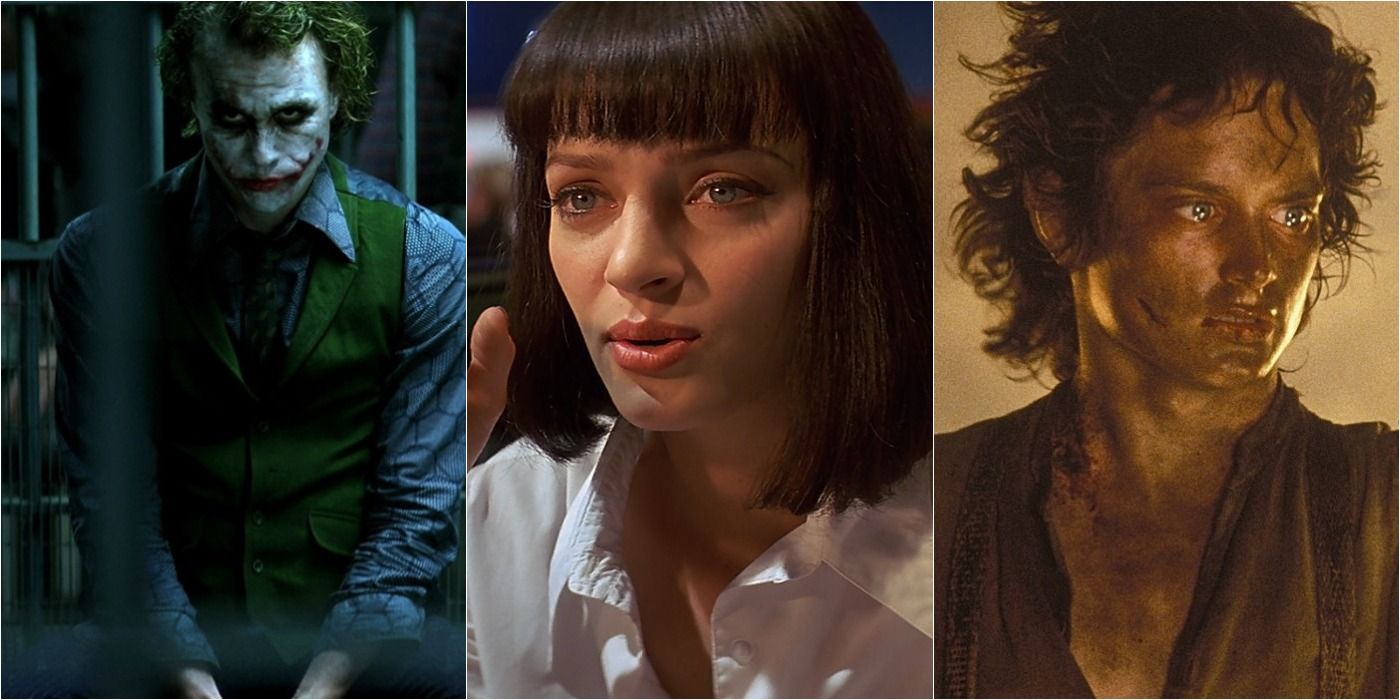


Griffith incorporated United Artists as a joint venture company on February 5, 1919. Together they hired a private detective, who discovered a plan to merge all production companies and to lock in "exhibition companies" to a series of five-year contracts.

Sydney Chaplin, brother and business manager for Charlie, deduced something was going wrong, and contacted Pickford and Fairbanks. Mary Pickford and Douglas Fairbanks had their own contracts, with First National and Famous Players-Lasky respectively, but these were due to run out with no clear offers forthcoming. In 1918, Charlie Chaplin could not get his parent company First National Pictures to increase his production budget despite being one of their top producers. The first United Artists logo, used until the company's sale to Transamerica in 1967 Mirror, the joint distribution venture between MGM and Annapurna Pictures, was subsequently rebranded as United Artists Releasing in early February 2019, in honor of its 100th anniversary, and the UA name lived on in that company for 4 years, until 2023 when it was folded again into MGM, effectively ending United Artists as a functioning company. In December 2019 following the closure of Stargate Command, by early 2020 the original UA incarnation was folded, this time permanently, into MGM. United Artists was briefly revived again in 2018 as United Artists Digital Studios, being launched along with the Stargate Origins web series and the Stargate Command streaming service. However, on December 14 of the following year, MGM wholly acquired UAMG and folded it into MGM Television. On September 22, 2014, MGM acquired a controlling interest in entertainment companies One Three Media and Lightworkers Media, then merged them to revive United Artists' television production unit as United Artists Media Group (UAMG). Metro-Goldwyn-Mayer (MGM) acquired the studio in 1981 for a reported $350 million ($1 billion today). UA was repeatedly bought, sold, and restructured over the ensuing century. Griffith, Charlie Chaplin, Mary Pickford, and Douglas Fairbanks, the studio was premised on allowing actors to control their own interests, rather than being dependent upon commercial studios. United Artists Corporation ( UA), doing business as United Artists Digital Studios, was an American production and distribution company. (President of Digital & New Platforms at MGM)


 0 kommentar(er)
0 kommentar(er)
